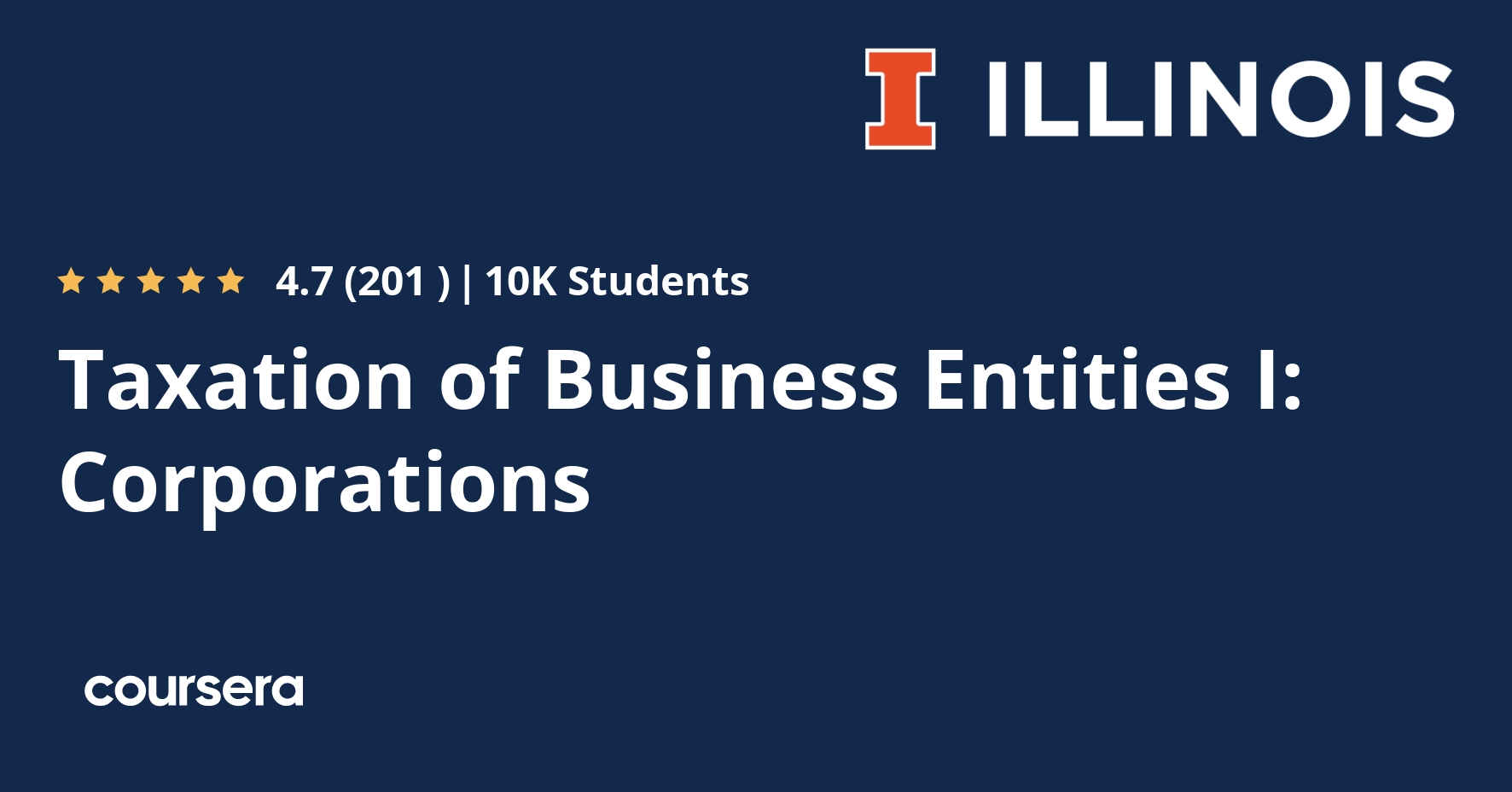Description
This course provides an introduction to the U.S. federal income taxation of corporations and their shareholders. The course focuses on the relevant provisions of Subchapter C of the Internal Revenue Code, as well as related Treasury Regulations and judicial opinions, governing corporate formation, operations, distributions, and liquidation. Practical in-class study problems facilitate self-discovery of technical tax knowledge along with the development of a variety of professional skills and attitudes.
What you will learn
Course Orientation
In this module, you will become familiar with the course, your instructor, your classmates, and our learning environment. This orientation will also help you obtain the technical skills required to navigate and be successful in this course.
Module 1: Overview of Business Taxation
In this module, you will review the basics of tax law, which includes the origins of taxation, the three sources of tax law, the hierarchy of tax law, and judicial doctrines. Next, you will cover the fundamental features of the different organizational forms: sole proprietorship, partnership, corporation, and limited liability corporation. There will also be a discussion on strategic form choice. Finally, you will be introduced to entity classification for tax purposes.
Module 2: Corporate Income Taxation
In this module, you will compare the tax formula for C corporations with the tax formula for individuals. Next, you will examine special tax deductions available only to corporations, such as the dividends received deduction, and the organizational expenditures deduction. You will learn how to calculate corporate income tax liability and compute the corporate Alternative Minimum Tax (AMT). This module will also discuss book-tax differences, and finally, it will discuss compliance procedures.
Module 3: Corporate Formation I
In this module, you will review the taxation of property transactions. You will be introduced to the Sunchaser Shakery which is a firm that you will apply concepts to. Then, you will examine the nonrecognition provisions in property-for-stock transactions and consider possible exceptions and conditions.
Module 4: Corporate Formation II
In this module, you will continue to explore property-for-stock transactions. Assumption of liabilities and transfer of services along with property will be introduced. Next, you will examine the effects of capital contributions on corporations, shareholders, and non-shareholders. You will also analyze the rules for debt and equity regarding capital structure. Finally, investor losses due to worthlessness of debt/equity investments and bad debts will be discussed.






